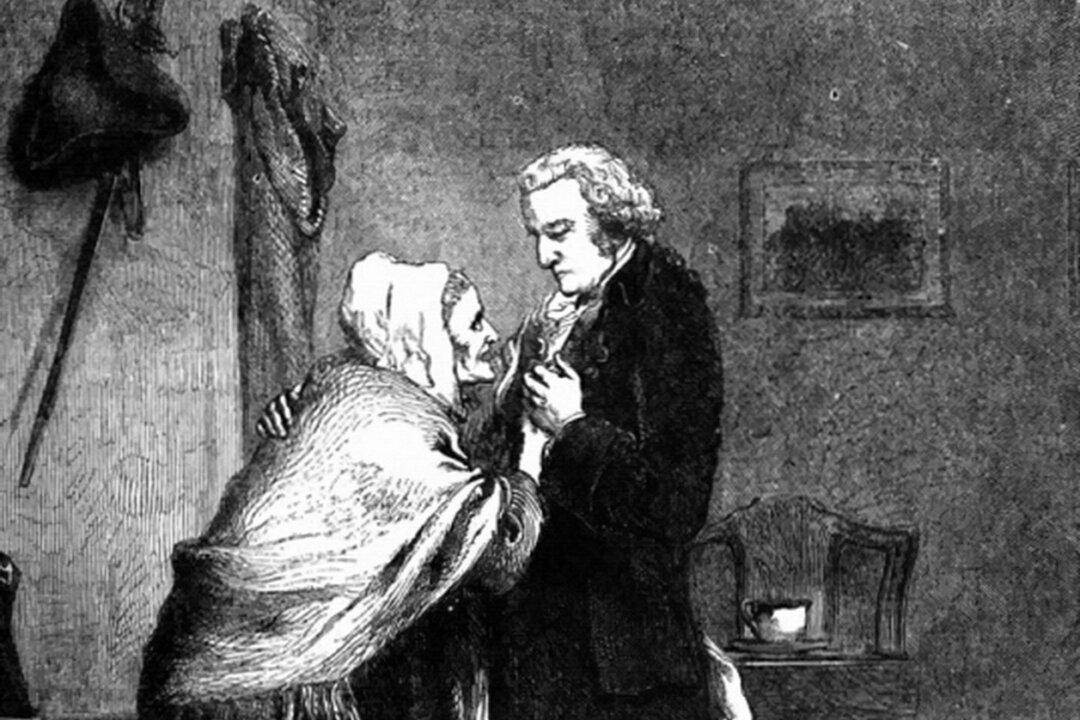If we look at his early life, George Washington (1732–1799) appears an unlikely candidate to lead an army against the British and earn the title “Father of His Country.”
In 1746, encouraged by his half-brother Lawrence as well as by others, 14-year-old Washington considered joining the British navy. And in the French and Indian War (1756–1763), Washington served with the British against the French, fighting for Crown and Parliament at Fort Necessity, the first battle of the war, and surviving the disastrous defeat of General Braddock’s forces at Fort Duquesne, where four bullets passed through Washington’s cloak and two horses were shot from under him.






